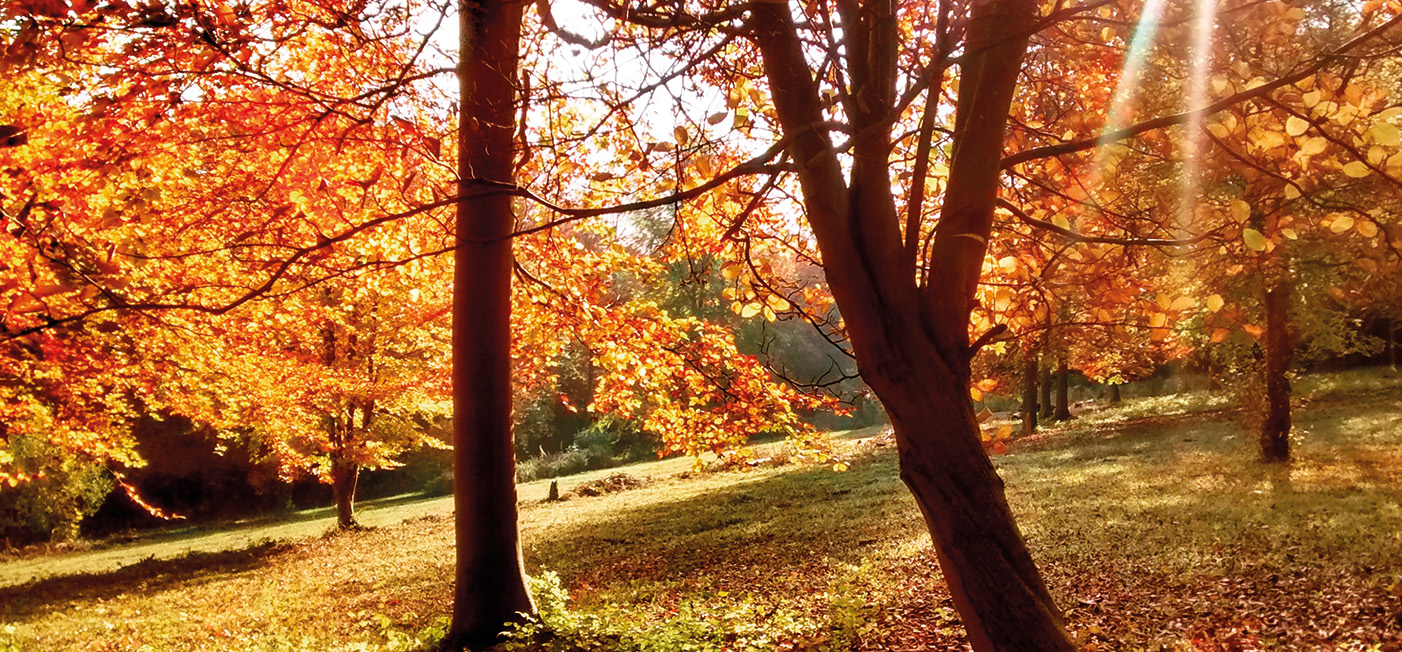
“To exist as a nation, to prosper as a state, to live as a people, we must have trees.”
Like all environmental, climate and biodiversity matters, the value of trees is more complex than we think. Simply ‘planting trees’ isn’t enough. Trees have to be in the right place, and they need the right type of soil and water to contribute to a healthier natural environment. The benefits provided by healthy, well-developed trees are often many times higher than those provided by less developed or less healthy trees. From the shade offered by tree canopies in heavily urbanised areas to the carbon capture of older trees, every decision that involves trees needs to be made on the basis of relevant and objective scientific information.
Understanding the value of our trees – both existing and new planting – can help city planners and decision makers. This includes calculating the environmental benefits provided by amenity trees over time, their replacement value, and the right mitigations if trees need to be removed.
The actual value of an urban tree comes from understanding how the tree affects the environment where it grows, including carbon sequestration and storage, storm water attenuation, reducing air pollution as well as cooling local air temperatures through shade and evaporation. And while we would never undervalue the tree’s unmeasurable value – it’s beauty and history as part of the landscape – we can help those in charge of managing and caring for those trees to make the best decisions based on accurate scientific data.
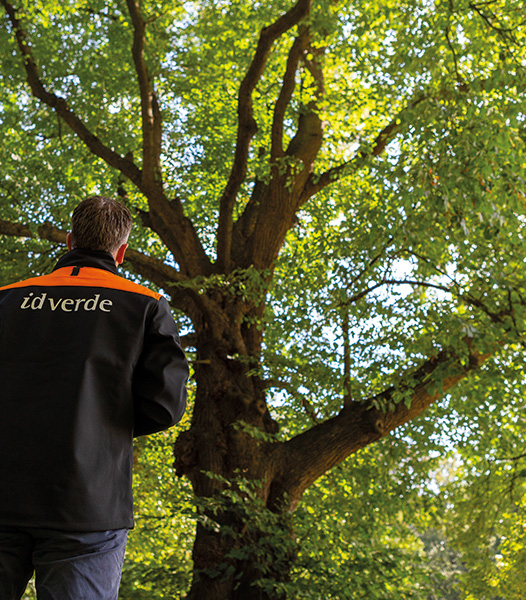
Why does it matter?
There are many reasons for putting a value on the benefits provided by urban trees. We are seeing an increasing general awareness of the importance of trees in the context of urban climate adaptation, as they help to cool the local air temperature and reduce flooding by intercepting rainfall. They also capture carbon dioxide emissions, lower air pollution, reduce water pollution from rainwater runoff, and help make cities more attractive. Establishing the value of amenity trees allows tree officers within municipalities to set and justify urban tree planting and maintenance budgets.
Those budgets are under increasing pressure, of course. So city planners are looking for cost-efficient ways to develop or maintain open spaces and green areas. Accurately assessing and forecasting the ecological value of trees can allow for more selective and rational decision-making relating to urban tree management.
Where there is wilful or negligent damage of trees, calculating the replacement value of a tree can provide a legal basis for insurance or compensation claims. In this case, a range of legally recognised valuation methods exist across Europe which use an asset-based approach in the context of financial compensation for tree damage, for example. These methods do not specifically value the benefits of the trees’ ecosystem services. This is where the i-Tree suite of open source tools can help.
There is increasing responsibility on councils, planners, landscapers and management companies to report on and reduce their carbon emissions. Alongside compliance-based commitments, people and organisations are choosing to make a clear moral commitment to achieving net-zero emissions and make a positive impact locally, nationally and internationally.
As many existing ‘carbon offset’ programmes are coming under increasing scrutiny, accurate calculating and considering the carbon dioxide captured by local trees is important. The general public and commercial organisations all want to be sure that the work they are investing in, funding or supporting is doing the right thing. So the planning decisions of today and tomorrow need to be able to clearly show the basis on which they were made and the positive impact they will have.
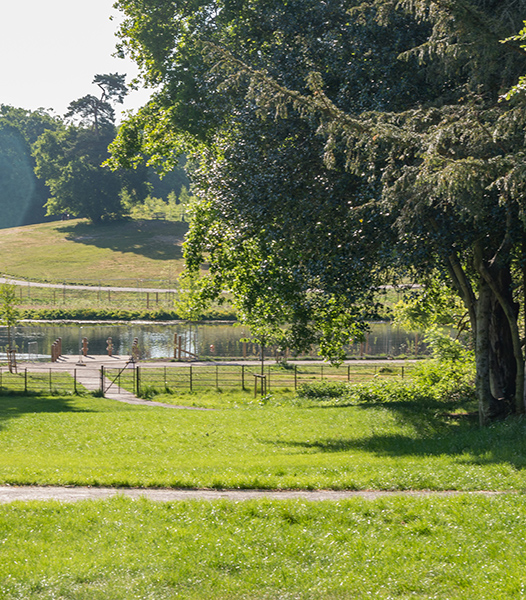
How can idverde help?
Across Europe, our teams use specialist skills and dedicated technology tools to understand the value of trees in the context of their local environment. This results in quantitative data that informs planning and design decisions, helping organisations to make those decisions the best they can be – and allow them to show clear evidence to support them.
We can support you in the following areas:
It all starts with accurate data. Tree surveys can be delivered simply via a spreadsheet, or digitally via an online portal using GIS information.
While manually delivered tree surveys can be time-consuming, digital tree surveys using high-resolution cameras and mobile laser scanning devices (LiDAR) can measure up to 50,000 individual trees a day in urban areas. Using artificial intelligence for tree recognition and NDVI satellite data to assess tree health, digital surveys can offer a fast, precise and often time cost-effective way of establishing an urban tree inventory.
A range of valuation methods exist across Europe. While some establish an asset-based tree valuation, such as CAVAT (Capital Asset Value for Amenity Trees) in the UK, others focus on the value of the “ecosystem services” provided by urban trees, such as the i-Tree suite of tools. A combination of various tools can provide a more complete picture as well as address the bespoke needs of each situation.
For example, as trees grow they take carbon dioxide from the atmosphere and convert it into biomass. This process is called ‘carbon sequestration’ and is assessed in our survey as an annual benefit, while the long-term cumulative result of this process is referred to as ‘carbon storage’. The amount of carbon dioxide trees sequester from the atmosphere depends not only on the species of tree, but also on its age, size and health, as well as its location and exposure to light, among other. Trees also sequester carbon at different rates over their lifetime. The value of one tree can be over 100 times the value of another tree. This is a surprising yet understandable fact which most carbon offset methodologies do not sufficiently account for, since they use averages to calculate a tree’s impact over long time periods.
Our final report provides a full analysis of the trees within the considered area, including their health, climate resilience and impact on biodiversity. The study calculates the replacement value of each tree and the benefits it provides in terms of carbon sequestration, carbon storage, air pollution removal and rainwater retention. idverde usually combines these conclusions with arboriculture recommendations on tree care and maintenance and advice on cost-effectively increasing the ecosystem benefits provided by the trees over time.
idverde has carried out hundreds of analyses on thousands of trees. In the past year we have produced reports which have informed tree transplantation, tree care and maintenance projects, allowing us to demonstrate the value of trees as part of a wider ecosystem and in terms of ‘asset value’.
By valuing the tree and its complete service, urban planners and budget holders can make more informed and fact-based management decisions. Communities are able to understand the rationale behind decisions in their local area and to appreciate how their environment needs to be considered and managed with a bigger, long-term picture in mind.
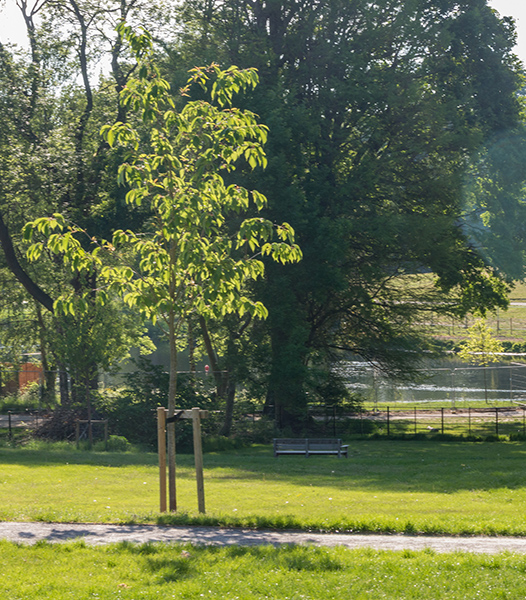
Valuing trees in practice
To begin with, it’s important to establish both the asset value and ecosystem benefits provided by the trees within a defined area. An in-depth survey will define:
- The number of trees
- The monetary cost to replace those trees
- The carbon stored by the trees (in tonnes)
- The carbon sequestered by the trees (in tonnes per year)
- The pollution removed by the trees (in tonnes)
- The rainwater retained by the trees (in m3 per year)
These measures result in a value for the above-mentioned annual ecosystem benefits provided by the trees, which is often only part of their total value or “replacement value”. For example, a survey carried out in Manchester UK set the replacement value for its 11,321,000 trees at £33 million.
And once a city or municipality knows the accurate value of its trees to the wider ecosystem, it will start to think differently about its trees, their value and their place in long-term urban planning.
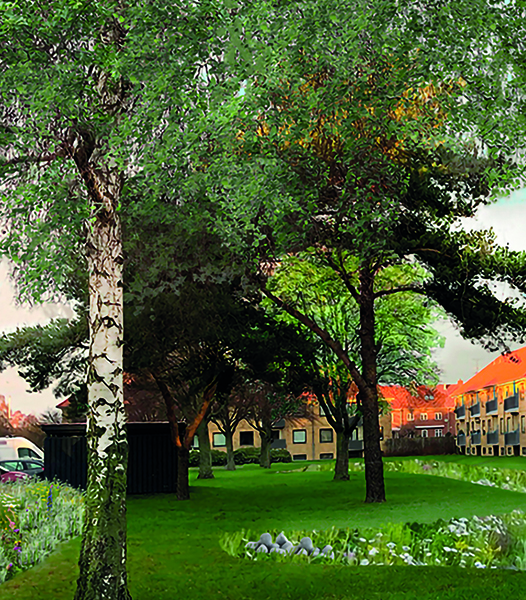
Providing comparative data for tree projects
One of the central benefits of an in-depth tree survey is the ability to offer decision makers comparative scenarios.
For example, a city planning department may be considering removing an older tree to make way for redevelopment. Their plan is to replace that tree with younger trees. This raises a number of questions, such as:
- Will the new trees be as ecologically valuable as the existing tree?
- What species of tree will deliver the most value in the specific environmental conditions?
- How many trees will be needed to replace the old tree?
- Could the old tree be retained with new companion trees planted near it?
- What value does the old tree deliver, and how long will it continue to do so?
- What age and height of new trees will grow quickly enough to provide an ecological benefit?
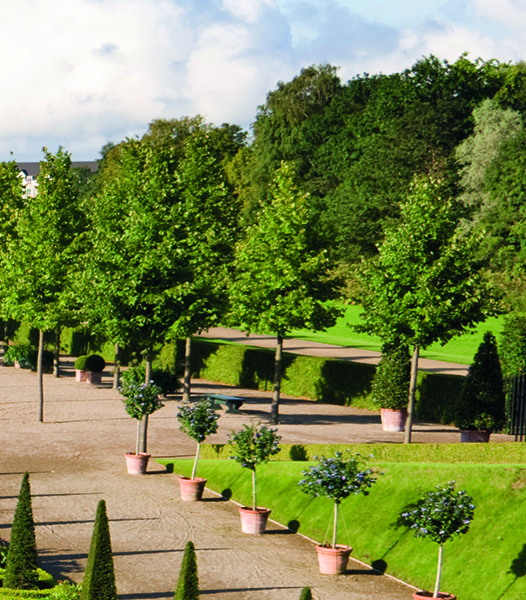
What are organisations looking for?
As a result of these combined requirements and pressures, planners, landscapers and decision makers are looking for ways to:
- Calculate and compare the benefit of tree planting projects to the environment and public health
- Establish the annual value provided by trees, expressed in monetary value
- Forecast how the value of trees develops over time and adjust tree management plans accordingly
- Design cost-effective tree planting and maintenance plans to maximise environmental benefit
- Make a climate-positive contribution by reducing carbon locally
- Demonstrate their commitment to building climate and biodiversity friendly public and private spaces
- Consider how best to leverage third-party financing or encourage green funding
By providing data on the current and future value of the existing tree, plus the potential ecological value of a range of options for new trees, the survey is giving the planners clear scenarios that allow them to take a long-term view for the benefit of the local community.
Understanding the value of our trees, as defined by so many complex definitions, as well as in their beauty, will help in the on-going battle to create climate resistant spaces and maintain more biodiversity in our world. At idverde we’re pioneering the cultivation of climate-resilient, biodiverse places where people and nature will thrive in partnership. We work to harness nature’s power and people’s energy to create more revitalized spaces, places and territories which are commercially valuable, socially beneficial and ecologically priceless.
Tree consulting and analytics by idverde
idverde has carried out more than 100 i-Tree reports, spanning thousands of individual tree analyses. These reports have influenced tree transplantation, tree care and maintenance, and new landscaping projects.
In fact, idverde NL has led the way in the use of these types of reports in Europe for more than ten years. Working together with four other tree specialists and with university departments in the Netherlands, we have promoted the use of i-Tree as an open source tool for sharing information on tree species. i-Tree now contains millions of data points on more than 10,000 different tree species.
Our biggest project was analysing 50,000 trees for Schipol Airport in Amsterdam, and we have also worked in cities across France, Denmark and the Netherlands, including Rotterdam, Apeldoorn, Zwolle, Schiedam, Alblasserdam, and Dordrecht. Our reports have made a huge impact on the understanding of the wider tree-based ecosystem and has made a measurable difference to the decision making process on tree planting and tree care projects.
Have a question for the idverde group?
Contact idverde group
Do you have a question for a particular park place country? Try these links:







